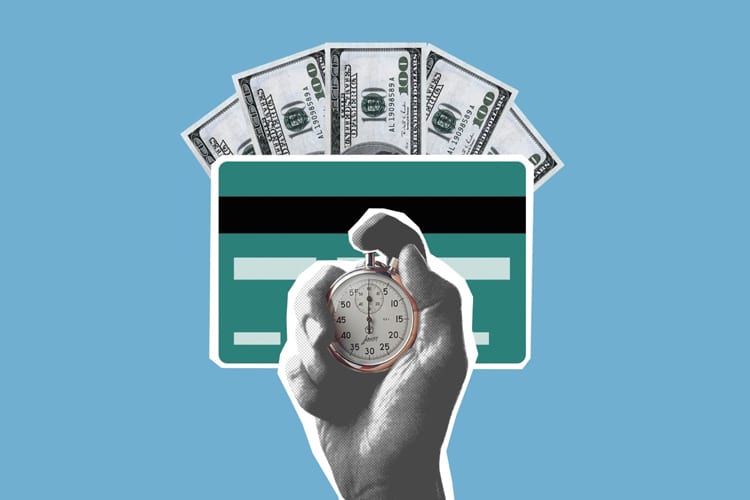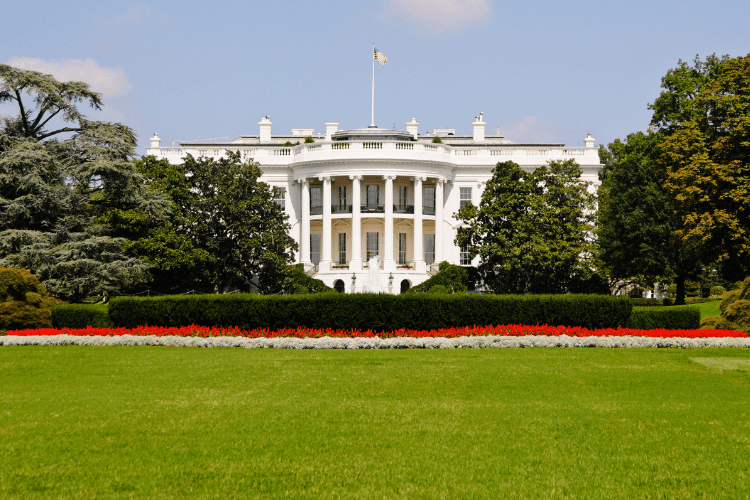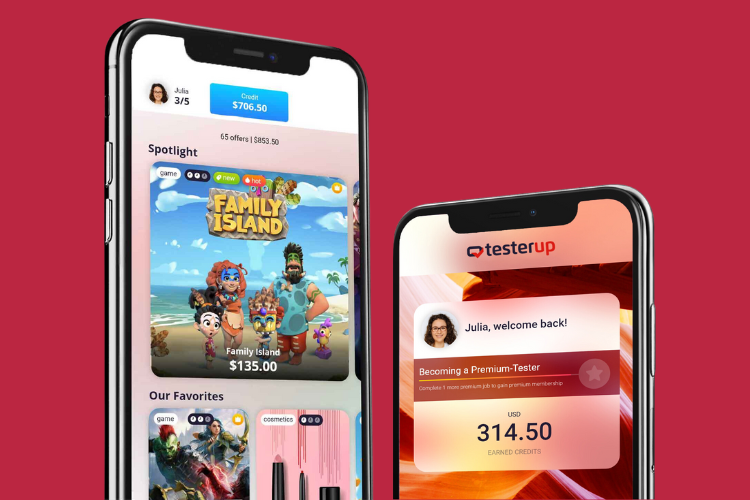Secured Credit Cards, How They Work, and Why to Get One

With more than 183 million* Americans using credit cards to make purchases and pay bills, you may be tempted to join the club. Unfortunately, credit cards aren’t given out like free candy; your credit score and past spending choices can make or break your approval chances.
Secured credit cards offer a simple and strategic way to build or rebuild your credit history so that you can eventually earn the privilege of becoming a bonafide credit card holder. Here’s everything you need to know about finding and using a secured credit card for your own financial benefit.
What Is a Secured Credit Card?
Think of a secured credit card as a learner’s permit and a standard credit card like a driver’s license. If you don’t yet have the qualifications to drive (or, well, swipe), then a secured credit card provides a low-risk way to obtain a credit card account.
Don’t get a secured credit card confused with a debit card or prepaid card. It looks and functions just like a traditional credit card, but it’s designed for people with bad credit or no credit history at all. Card issuers are willing to provide high-risk customers with secured credit cards because each card is protected by a cash despot.
Just like a secured loan is backed by collateral like a home or vehicle, your secured credit card must be protected by your payment of a cash deposit. For example, if you’re approved for a Wells Fargo Secured Card with a $300 credit limit, you need to pay Wells Fargo $300 in order to receive your card. Wells Fargo uses that $300 to cover your balance if you ever default, which eliminates their potential risk.
Since secured credit cards are meant for people with poor or no credit history, they don’t offer the same perks as unsecured credit cards. Don’t expect to earn airline miles or bonus points on your purchases. Interest rates also tend to be higher on secured credit cards. For example, the Capital One Secured Mastercard carries a variable purchase APR of 26.99%, more than nine points higher than the 17.24% APR offered on the Capital One Venture Rewards Credit Card.
How Does it Work?
Once you receive your secured credit card, it looks and acts just like a normal unsecured credit card. Whether you’re buying a latte, textbooks, or plane tickets, your secured credit card can be used to make the payment.
Your secured credit card payment is due every billing cycle. Just as with an unsecured credit card, you have the option to make only the minimum payment or submit a larger payment to reduce your total card balance. The lower your card balance, the better it reflects on your credit.
Keep in mind that secure credit cards are meant to build and restore your credit score with on-time payments and a history of using less than 30% of your credit limit. If you fail to pay on time, or if your credit use creeps far above the 30% threshold, your secured credit card may hurt your credit instead of helping it.
There’s another reason to make timely payments on your secured credit card: many card issuers will boost your card’s limit without another cash deposit once you prove yourself as a reliable card holder. If your secured credit card issuer also offers unsecured credit cards, you may even receive an offer for one of their unsecured credit cards in the future.
Who Should Get a Secured Card?
A secured credit card is best for customers whose credit scores prevent them from being approved for traditional unsecured credit cards. Since secured credit cards require a cash deposit, restrict perks, and impose higher interest rates, they’re only a logical option for customers without another choice.
The good news, at least, is that responsible secured credit card holders can quickly boost their credit scores and earn approval for an unsecured credit card in the future.
Read More: How to Legitly and Instantly Boost Your Credit Score for Free
*183 Million Americans using credit card source: The Nest, Census Bureau









